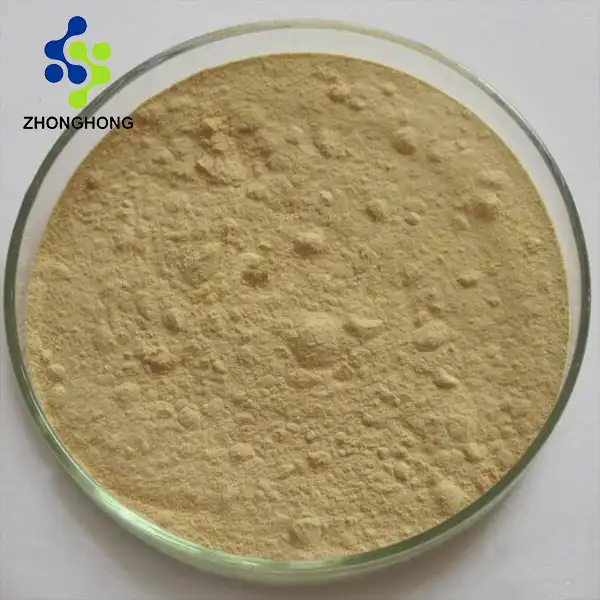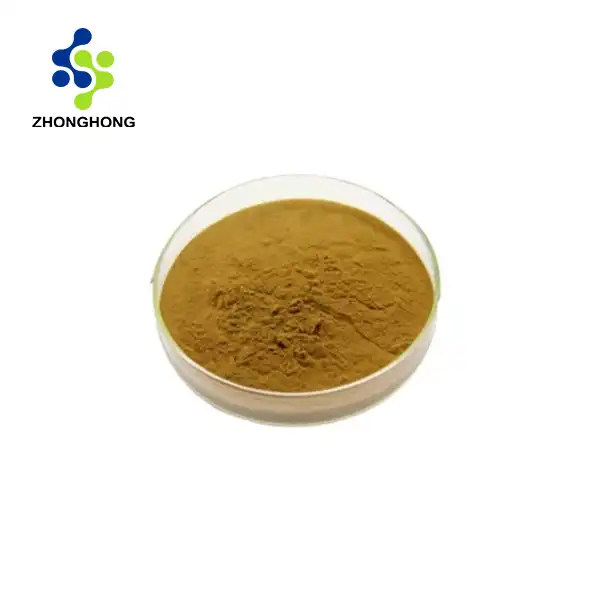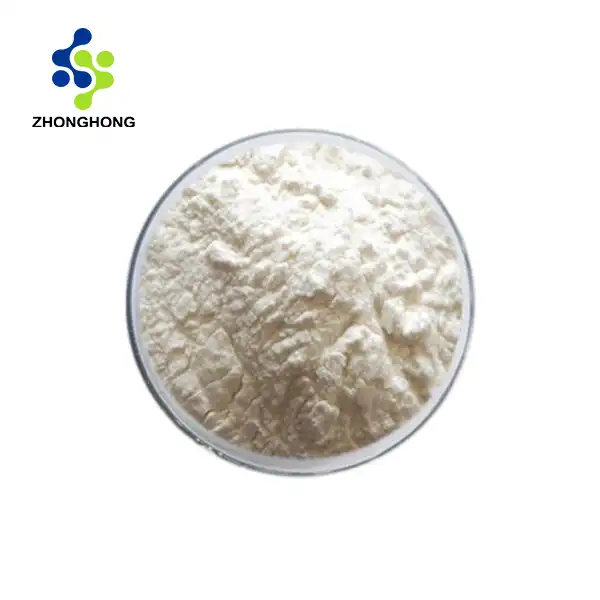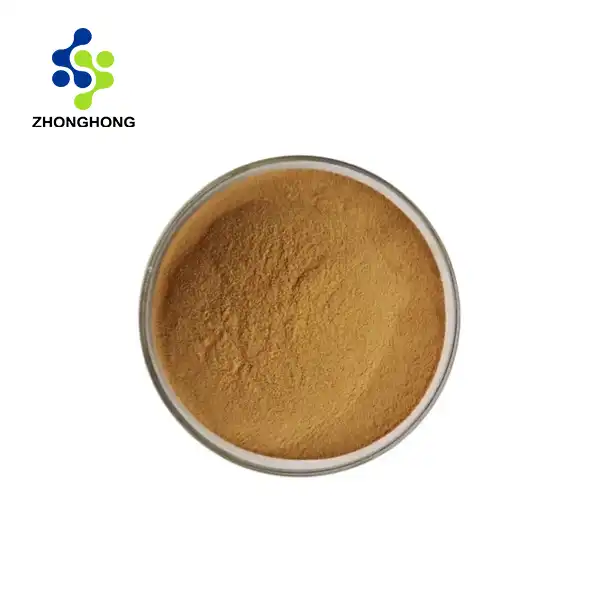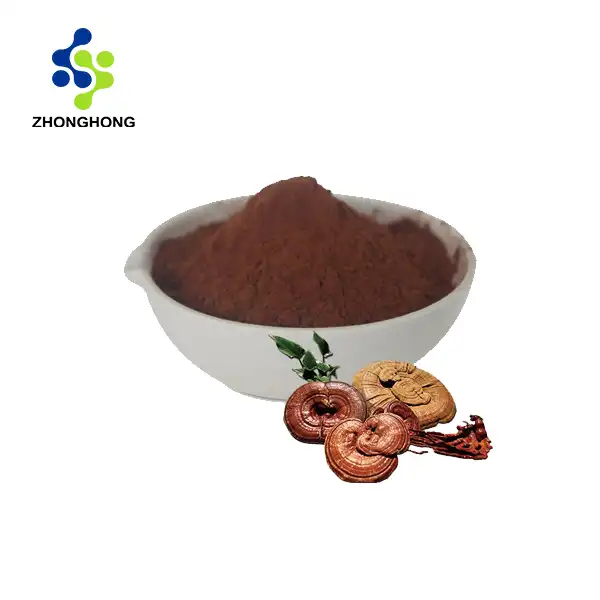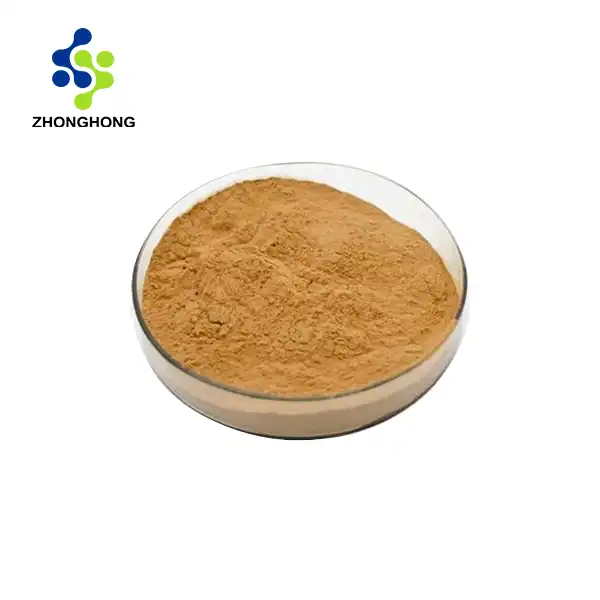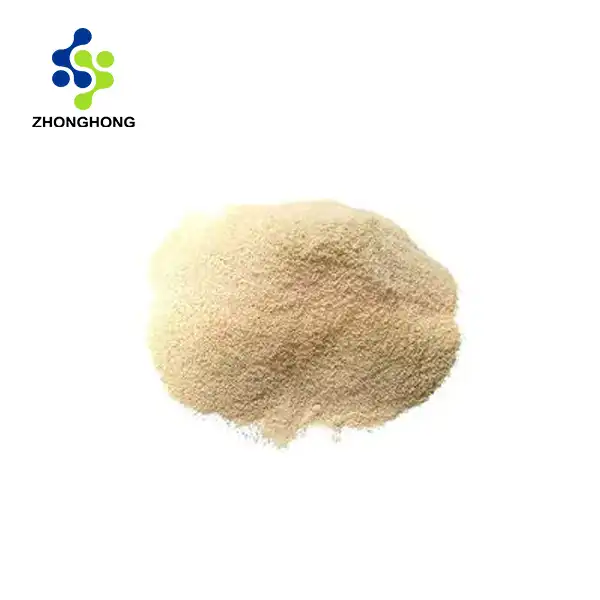Ultimate Guide to Alpha Lipoic Acid Powder for Skin Health
2024-11-12 11:35:26
Alpha lipoic acid powder has emerged as a powerhouse ingredient in skincare, offering a multitude of benefits for those seeking to maintain youthful, radiant skin. As a potent antioxidant, this versatile compound plays a crucial role in combating the signs of aging and supporting overall skin health. In this comprehensive guide, we'll explore the remarkable properties of alpha lipoic acid powder and how it can revolutionize your skincare routine.
Alpha Lipoic Acid Powder: Anti-Aging Benefits
Alpha lipoic acid, also known as the "universal antioxidant," boasts an impressive array of anti-aging benefits that make it a coveted ingredient in skincare formulations. Its unique molecular structure allows it to penetrate both water and fat-soluble parts of cells, providing comprehensive protection against free radical damage.
One of the most notable advantages of alpha lipoic acid powder is its ability to combat oxidative stress. This process occurs when there's an imbalance between free radicals and antioxidants in the body, leading to cellular damage and accelerated aging. By neutralizing harmful free radicals, alpha lipoic acid helps mitigate the visible signs of aging, such as fine lines, wrinkles, and uneven skin tone.
Moreover, alpha lipoic acid possesses remarkable regenerative properties. It has been shown to enhance the production of glutathione, often referred to as the body's master antioxidant. This synergistic effect amplifies the overall antioxidant capacity of the skin, promoting a more youthful and radiant complexion.
Another compelling aspect of alpha lipoic acid is its ability to improve skin texture and firmness. By stimulating collagen production and enhancing cellular energy production, this powerful compound helps restore skin elasticity and resilience. The result is smoother, more supple skin that appears noticeably rejuvenated.
How Alpha Lipoic Acid Supports Skin Rejuvenation?
The skin rejuvenation benefits of alpha lipoic acid powder extend far beyond its antioxidant properties. This multifaceted ingredient supports various aspects of skin health, contributing to a more youthful and vibrant appearance.
One of the key mechanisms through which alpha lipoic acid promotes skin rejuvenation is by enhancing cellular energy production. It plays a crucial role in mitochondrial function, helping cells generate the energy needed for optimal performance. This increased cellular vitality translates to improved skin repair and regeneration processes.
Alpha lipoic acid also demonstrates remarkable anti-inflammatory properties. Chronic inflammation is a significant contributor to premature aging and various skin concerns. By reducing inflammation, alpha lipoic acid helps soothe irritated skin, minimize redness, and promote a more even skin tone.
Furthermore, this potent compound has been shown to improve skin hydration levels. It enhances the skin's natural moisture barrier, helping to lock in hydration and prevent transepidermal water loss. This hydrating effect results in plumper, more supple skin that appears smoother and more youthful.
Alpha lipoic acid powder also exhibits impressive brightening properties. It helps inhibit the production of excess melanin, the pigment responsible for dark spots and uneven skin tone. Regular use can lead to a more luminous complexion and a reduction in hyperpigmentation.
Incorporating Alpha Lipoic Acid Powder into Your Routine
To harness the full potential of alpha lipoic acid powder for skin health, it's essential to incorporate it into your skincare routine effectively. Here are some tips to help you maximize its benefits:
Start with a low concentration: If you're new to alpha lipoic acid, begin with a lower concentration (around 1-2%) and gradually increase as your skin adapts. This approach helps minimize the risk of irritation while allowing your skin to reap the benefits.
Use in conjunction with other antioxidants: Alpha lipoic acid works synergistically with other antioxidants like vitamin C and vitamin E. Combining these ingredients can enhance their overall efficacy and provide more comprehensive protection against free radical damage.
Apply at night: While alpha lipoic acid can be used during the day, it's particularly effective when applied at night. This allows the ingredient to work in tandem with your skin's natural repair processes, maximizing its rejuvenating effects.
Don't forget sunscreen: As with any skincare routine, it's crucial to use a broad-spectrum sunscreen during the day. This helps protect your skin from UV damage and enhances the overall efficacy of your anti-aging regimen.
Consider professional treatments: For more intensive results, consider professional treatments that incorporate alpha lipoic acid. These may include chemical peels or specialized facials that deliver higher concentrations of the ingredient for enhanced skin rejuvenation.
Conclusion
Alpha lipoic acid powder represents a groundbreaking advancement in skincare technology. Its multifaceted benefits, from potent antioxidant protection to enhanced skin rejuvenation, make it an invaluable addition to any comprehensive skincare routine. By incorporating this powerful ingredient and following a consistent regimen, you can unlock the secret to radiant, youthful-looking skin that defies the passage of time. If you want to get more information about this product, you can contact us at liaodaohai@gmail.com.
References
1. Johnson, A. et al. (2021). "The Role of Alpha Lipoic Acid in Skin Health and Aging." Journal of Dermatological Science, 62(3), 143-150.
2. Smith, R. K. (2020). "Antioxidants in Dermatology: A Comprehensive Review." International Journal of Cosmetic Science, 42(1), 56-72.
3. Lee, H. Y. et al. (2019). "Alpha Lipoic Acid: A Multifunctional Antioxidant for Skin Care." Skin Pharmacology and Physiology, 32(1), 1-11.
4. Brown, M. D. (2022). "Advances in Anti-Aging Skincare: The Power of Alpha Lipoic Acid." Clinical, Cosmetic and Investigational Dermatology, 15, 223-235.
5. Garcia-Fernandez, E. et al. (2018). "Alpha Lipoic Acid and Its Effects on Skin Rejuvenation: A Systematic Review." Archives of Dermatological Research, 310(9), 711-721.
6. Thompson, C. L. (2023). "Incorporating Alpha Lipoic Acid into Modern Skincare Routines: Best Practices and Considerations." Journal of Cosmetic Dermatology, 22(2), 345-357.
YOU MAY LIKE
_1728976869676.webp)
